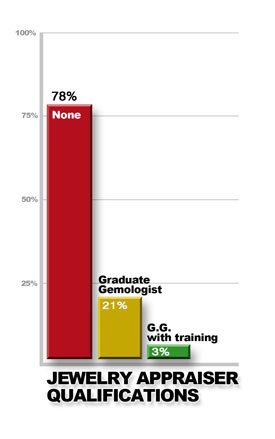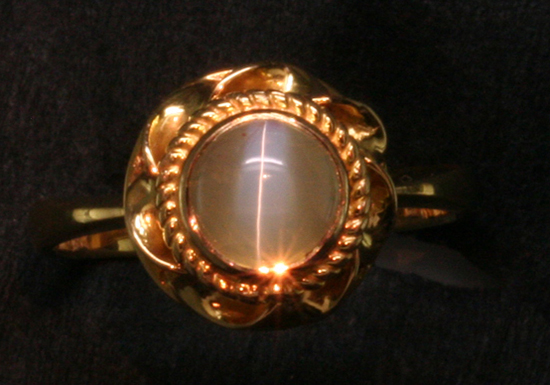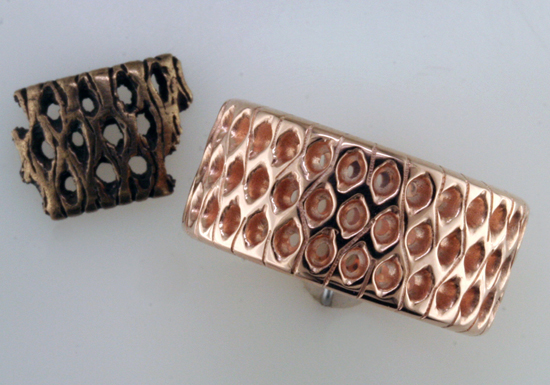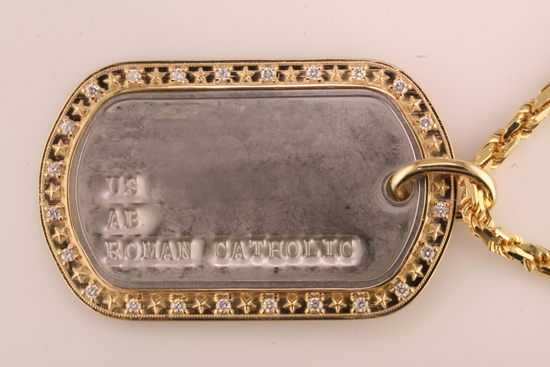Last week, a young man, just graduated from dental school, came to the shop to sell us a small batch of casting gold leftover from his casting classes. We tested his gold as 14K, then weighed and valued it for him. He left the store to get his identification so we could make the transaction, but when he came back, he told us that he had called a pawn shop in Orange county and they had offered him $40 per gram for the gold, more than double what we had valued the material.
We told him that didn’t make sense because the day’s spot value for 14K gold was only $28 per gram. For example, according to Kitco, one of the largest gold sellers in the US, the spot gold market closed June 10, 2011, at $1532.10 per troy oz, (and the gold price has been at or near that value all week).








